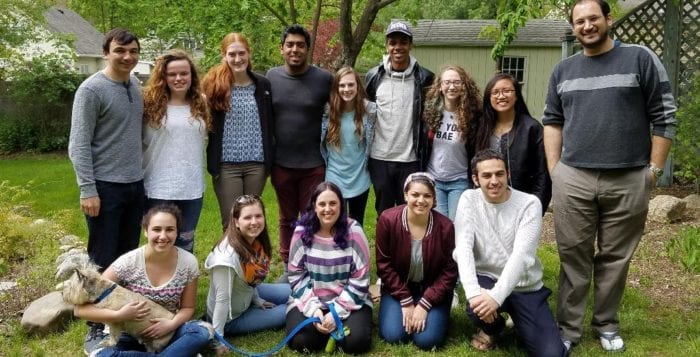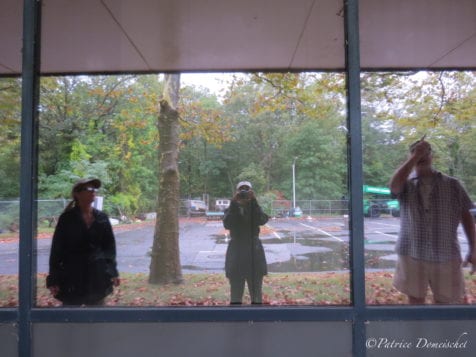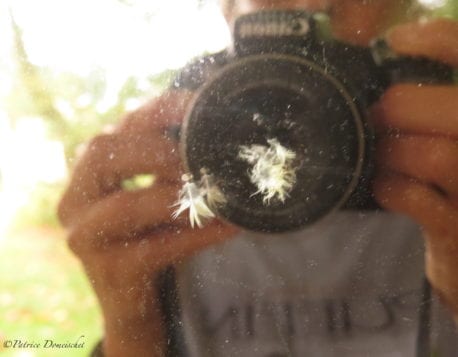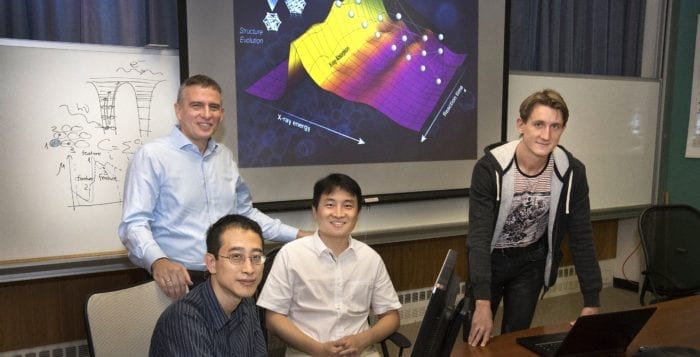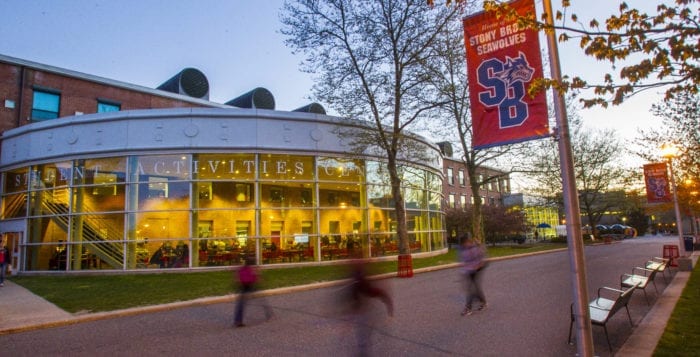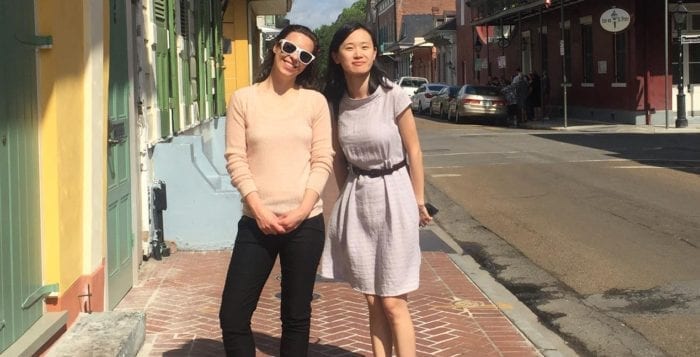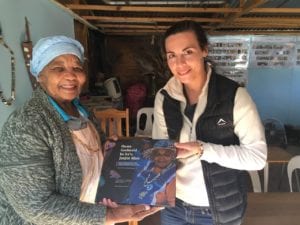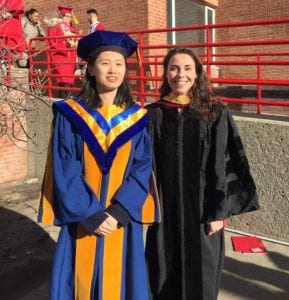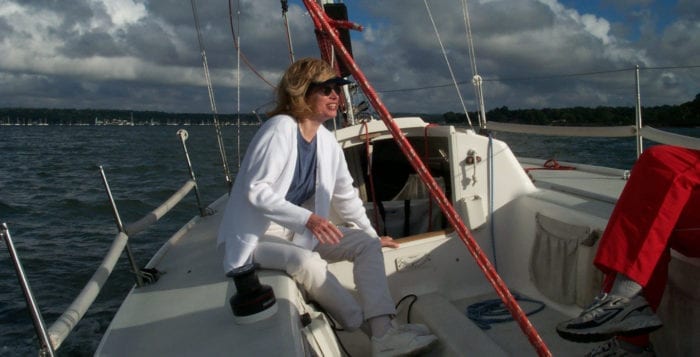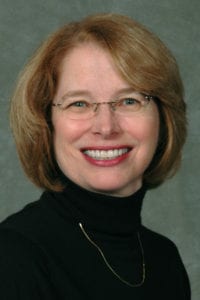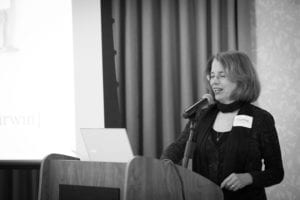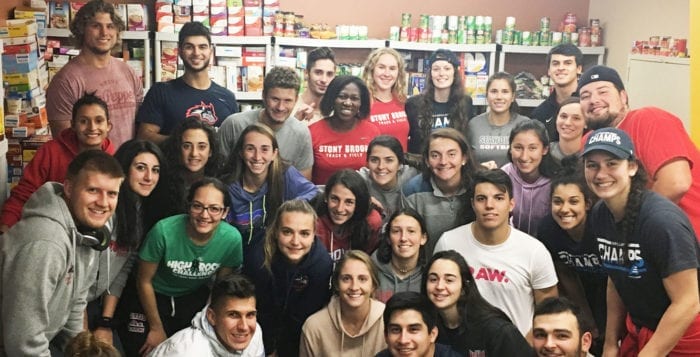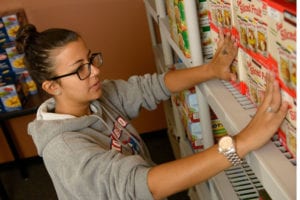By Daniel Dunaief
An actor draws in members of an audience, encouraging them to understand, appreciate and perhaps even become sympathetic to a world created on a stage. The process of creating scenes for the actor, however, can also change his or her world off the stage.
A team of scientists from Vanderbilt University, University of Alabama at Tuscaloosa and Stony Brook University recently received $3 million in funding from the National Institutes of Mental Health for four years to study how participation in a theater production can help people with autism spectrum disorders.
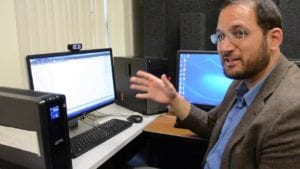
“Theater is a venue for learning and gaining skills,” said Matthew Lerner, an assistant professor of psychology, psychiatry and pediatrics at the Department of Psychology at SBU who is leading the Long Island part of a study that will involve about 240 participants from age 10 through 16. “The process of putting on a play with others and being able to successfully produce and perform that has key benefits to learn and practice.”
Called SENSE Theatre (for Social Emotional NeuroScience Endocrinology), the shows were created by the project leader, Blythe Corbett, an associate professor of psychiatry and behavioral sciences and psychology and investigator at Vanderbilt Kennedy Center, who herself performed in stage plays before pursuing her scientific career.
Corbett writes the plays, which have themes she believes are important not only for autism but also for the general public. The topics include acceptance, belonging and diversity and offer a current of core ideas that are “part of having a condition that is unique,” she said. The plays, which typically have about 20 characters, include music and last about 45 minutes.
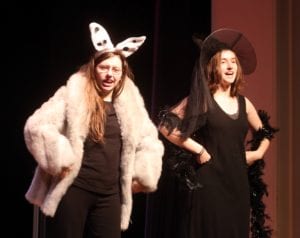
Corbett explained that the experience uses theater as a platform for teaching fundamental areas that could help people with autism spectrum disorders, including reciprocal social communication, flexible thinking and behavior and imagination.
“It also gives [the participants] an opportunity to be exposed to social situations and to engage with others in a safe and supportive environment,” she said. “They can be John today and Henry tomorrow, which allows them to expand their repertoire in a playful, fun way” which, she hopes, might help them assimilate lessons when the program ends.
Corbett has been developing SENSE Theatre for nine years. This specific multisite project will allow her to see how transportable this program is to other locations, where other investigators who have not been involved with this before can employ it with other participants.
The investigators, which include Corbett, Lerner and Susan White at the University of Alabama, will monitor the participants through psychological testing, social interaction and research EEG, or electroencephalography. This is a noninvasive way of monitoring electrical activity in the brain that involves placing electrodes on or below the scalp. The EEG testing takes about 45 minutes.
Participation is free, although members, who go through a screening process, need to contribute to the research program by completing the evaluations.
The theater program has a control study, calling Tackling Teenage Training, in which participants will “address some of the challenges of being a teen,” which include dating and puberty, knowing how to know if somebody likes or doesn’t like you and how to express desires or interests appropriately, Lerner said.
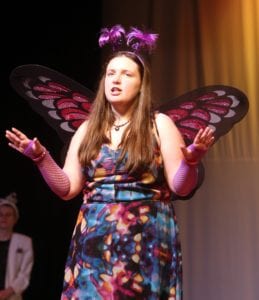
Corbett chose to work with Lerner because of considerable overlap in their interests in using performance to provide clinical help for people with autism spectrum disorders. Lerner “has a very strong interest in theater and is able to understand the core approach” to the training and shows as a form of intervention. He is an “engaging, charismatic individual who is extremely hard-working” and is a “really good choice in terms of harnessing his energy and intelligence.”
Indeed, Lerner and Karen Levine, a licensed psychologist and the co-author of “Treatment Planning for Children with Autism Spectrum Disorders,” developed a model in 2004 for youths with disabilities to work on social skills called Spotlight, which utilized techniques of theater games and dramatic training. Spotlight is a program of Northeast Arc, a human services organization founded in 1954 and based in Massachusetts.
The Spotlight efforts started with nine students and has expanded to include hundreds of families each year.
In early high school, Lerner met someone who would change his life. He was having dinner with the family of a friend of his younger sister’s when he noticed a boy, Ben, playing on his own in another room. Lerner asked if he could play with Ben, who was 2 at the time and was running a car back and forth across the top of a toy playhouse.
Lerner mirrored what Ben did. “He looked at me curiously and kept doing what he was doing,” Lerner recalled. “I followed him around for over two hours.”

Up to that point in his life, Lerner thought the experience with Ben was “the most fascinating two hours of my life.” He had made a connection in which he “loved the joy and challenge of trying to meet him where he was, rather than behave in a way that was consistent with what the world expected.”
Lerner studied philosophy and music at Wesleyan University. After earning his doctorate at the University of Virginia, where his dissertation explored why youths with autism experience social problems, Lerner worked at the University of Chicago and then moved to SBU in 2013.
A native of Swampscott, Massachusetts, Lerner lives in Port Jefferson with his wife Chelsea Finn, a pediatric nurse practitioner in the Stony Brook Hospital Emergency Room and a nurse practitioner at SV Pediatrics in Patchogue. The couple has a 4-year-old son Everett and a 6-month-old son Sawyer.
Lerner is looking for people who would like to participate in the study. They can reach out to him by phone at 631-632-7857 or by email at [email protected]. The first set of students will begin working in the SENSE Theatre program this spring and summer.
Corbett said the participants aren’t the only ones who benefit from the program.
“The overwhelming sentiment from those who come to see the performance is that it changes their perception of what it means to have autism,” Corbett said. After the show, some of the audience members “ask who are the children with autism.”
Parents of the actors are pleasantly surprised by the things their children are able to do, which exceed their expectations. “In one of our previous studies, parents reported that their stress went down” during the program, she said, “which appeared to be in response to the child participating in intervention.”

